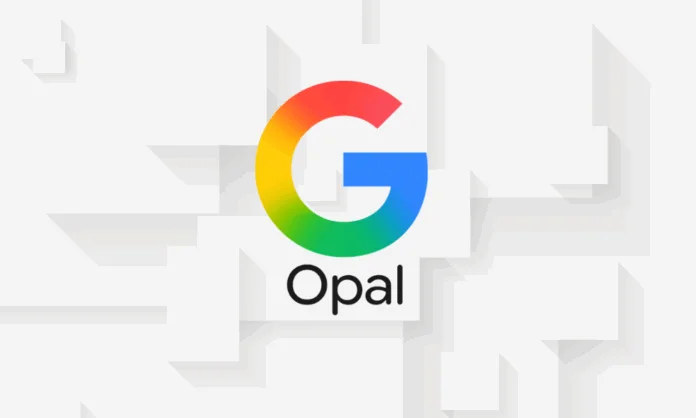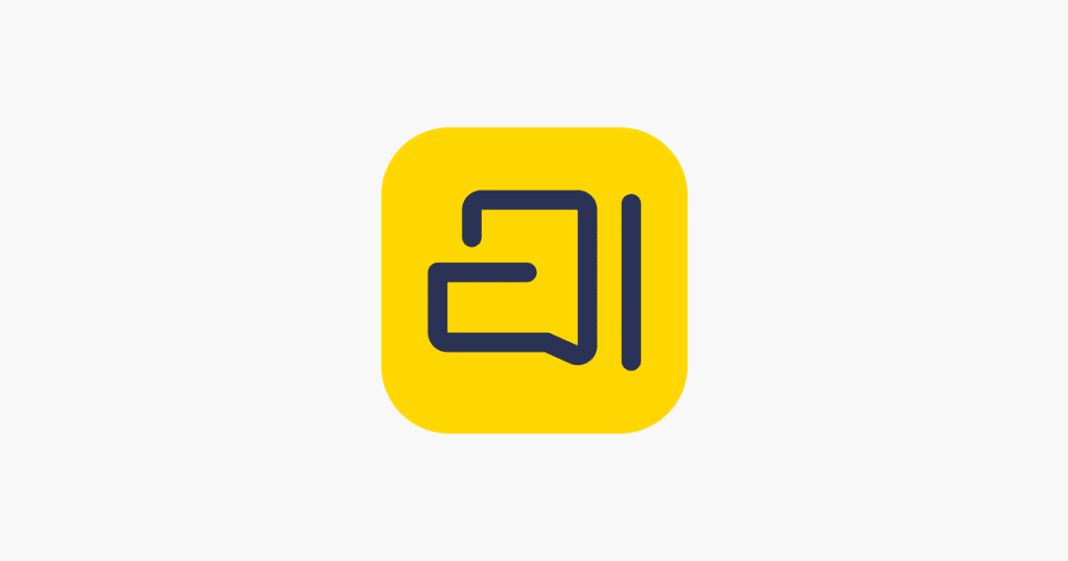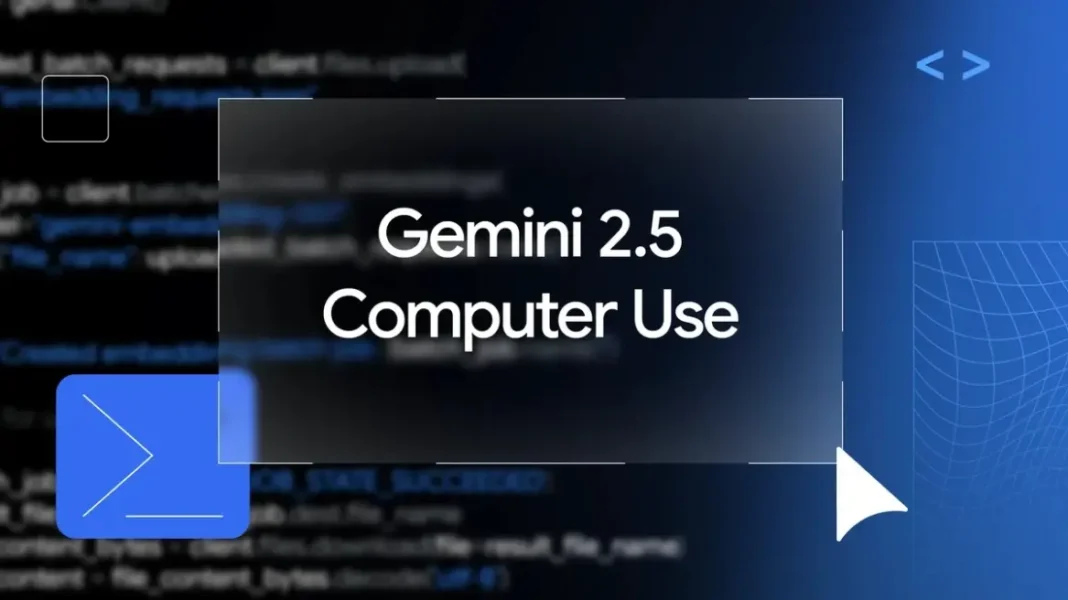Google has rolled out its innovative AI-powered vibe-coding app, Opal, to India and 14 additional countries on October 8, 2025, making the tool available worldwide beyond its initial U.S. launch in July 2025. Opal, an experimental feature in Google Labs, enables users to create mini web apps using simple natural language prompts—no coding required—transforming ideas into functional prototypes with visual workflows. For creators, developers, and non-technical users searching Google Opal vibe-coding app India, Opal AI app builder launch 2025, or no-code web app tool Google, this expansion—covering Canada, Japan, South Korea, Vietnam, Indonesia, Brazil, Singapore, Colombia, El Salvador, Costa Rica, Panamá, Honduras, Argentina, and Pakistan—aims to democratize app development by turning descriptions into interactive mini-apps with drag-and-drop editing. Free to use through Google Labs, Opal’s updated debugging and parallel workflow execution make prototyping faster, positioning it as a rival to Canva, Figma, and Replit in the no-code app-building space.
Opal’s intuitive design has surprised Google with complex user creations, from productivity tools to interactive prototypes, all generated in seconds.
Opal’s Vibe-Coding Magic: From Prompt to Prototype
Opal harnesses Google’s AI models to translate natural language instructions into functional mini web apps, complete with visual workflows for easy customization.
- Prompt-Based Creation: Describe your app (e.g., “Build a weather dashboard with city search”), and Opal generates it using Google’s internal models.
- Visual Editor: Edit workflows by tweaking prompts, adding steps via toolbar, or running parallel executions for efficiency.
- Sharing and Publishing: Deploy apps to the web with shareable links; users interact via their Google accounts.
- Debugging Upgrades: Instant feedback on errors, no-code troubleshooting, and faster generation (under 5 seconds).
Google’s blog notes: “Opal’s visual workflow gives fine-grained control without code.” Early users have built everything from fun games to practical dashboards, showcasing its versatility.
| Step | Process | Time |
|---|---|---|
| Prompt Entry | Describe App | Seconds |
| Generation | AI Builds Workflow | <5 Seconds |
| Editing | Visual Tweaks | Minutes |
| Sharing | Web Deployment | Instant |
Availability in India: Free Access via Google Labs
Opal is now live in India through Google Labs, requiring a Google account for sign-up—no waitlist or payment needed.
- Countries: India, Canada, Japan, South Korea, Vietnam, Indonesia, Brazil, Singapore, Colombia, El Salvador, Costa Rica, Panamá, Honduras, Argentina, Pakistan.
- Access: Visit labs.google/opal; available on desktop for building and mobile for testing.
- Community: Join Opal’s Discord for templates and support.
The rollout responds to global demand, with Google aiming to foster innovation among non-coders.
Broader Impact: Vibe-Coding’s Rise and No-Code Revolution
Opal joins a wave of vibe-coding tools, where AI handles the heavy lifting, making app creation accessible.
- Competitors: Canva’s Magic Studio, Figma’s AI prototypes, Replit’s Ghostwriter.
- User Benefits: Empowers students, creators, and entrepreneurs to prototype ideas quickly.
- Google’s Strategy: Part of Labs experiments to test AI’s role in democratizing development.
Conclusion: Opal’s Global App-Building Debut
Google’s Opal vibe-coding app launch in India on October 8, 2025, opens no-code creation to millions, turning prompts into shareable web apps. With visual editing and faster debugging, it’s a creative accelerator. For innovators, prompt away—will Opal redefine prototyping? The apps assemble. Tech crunch



